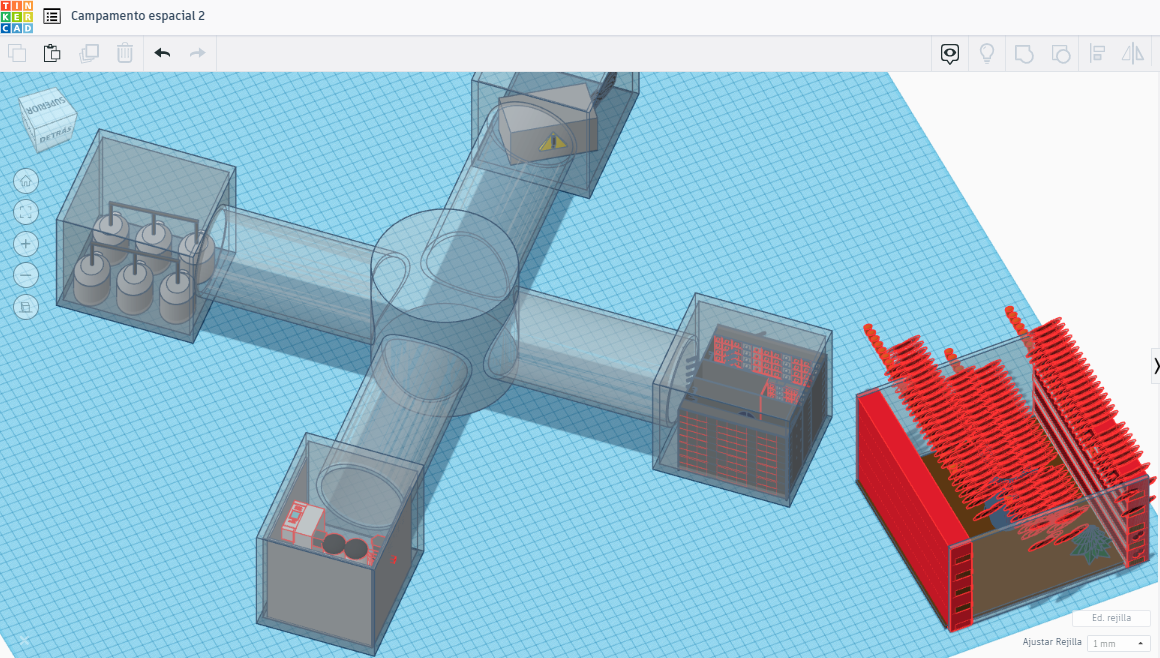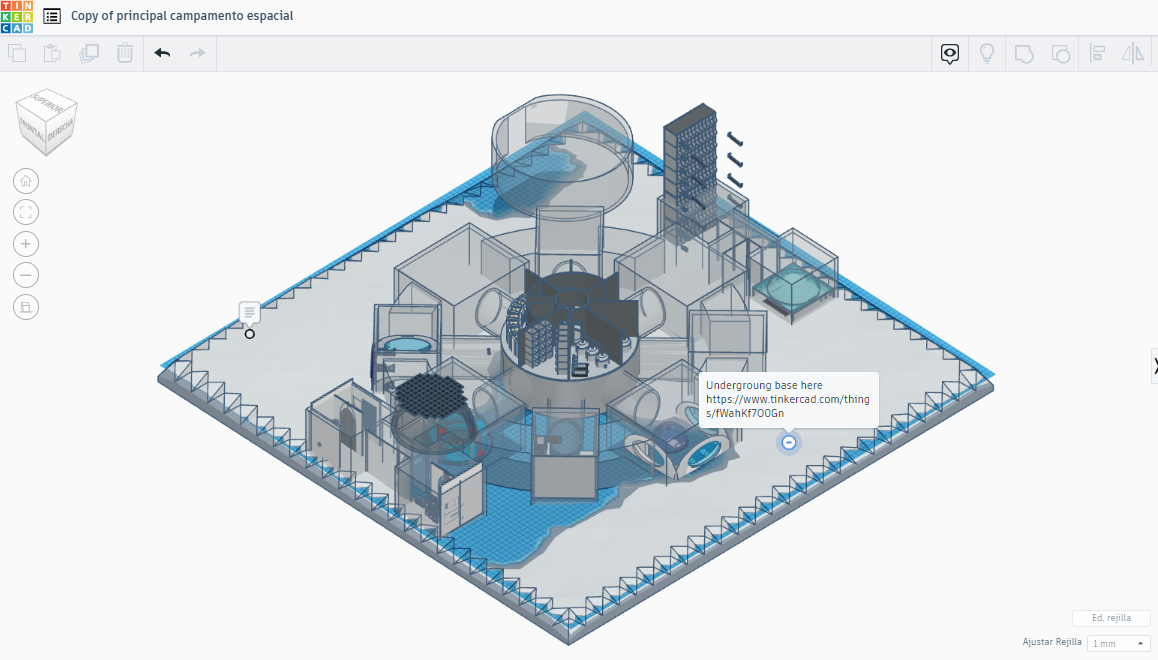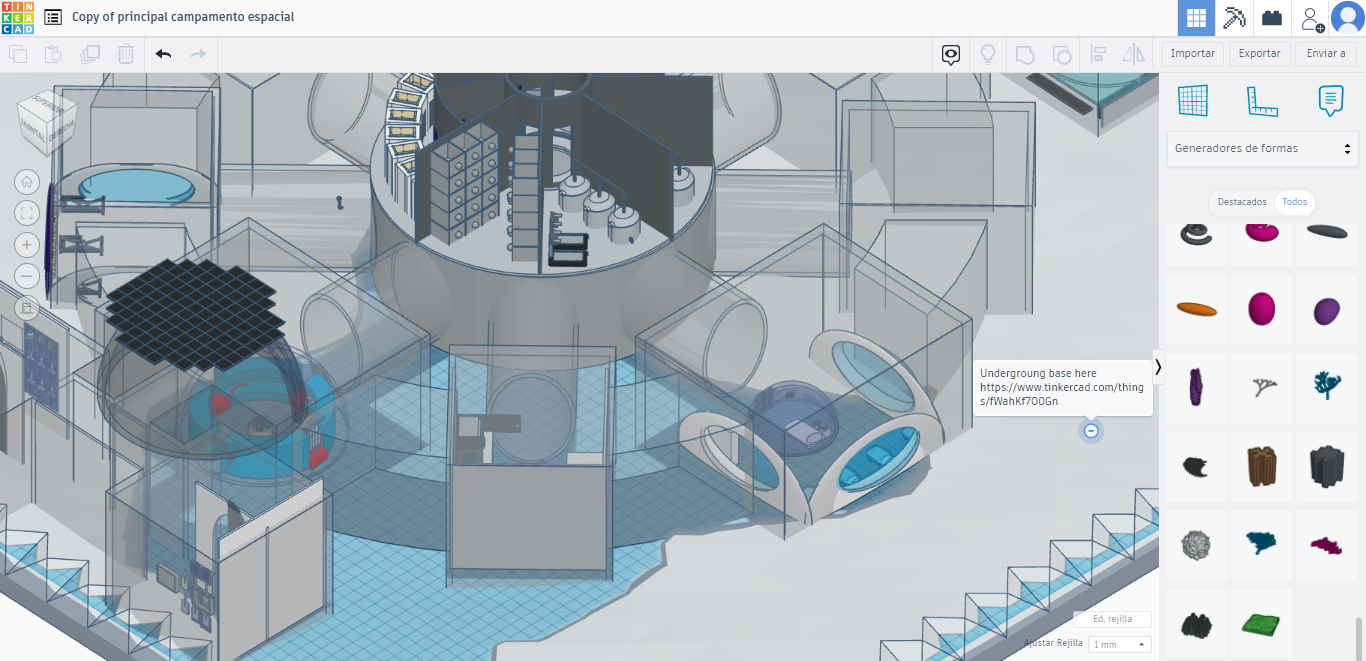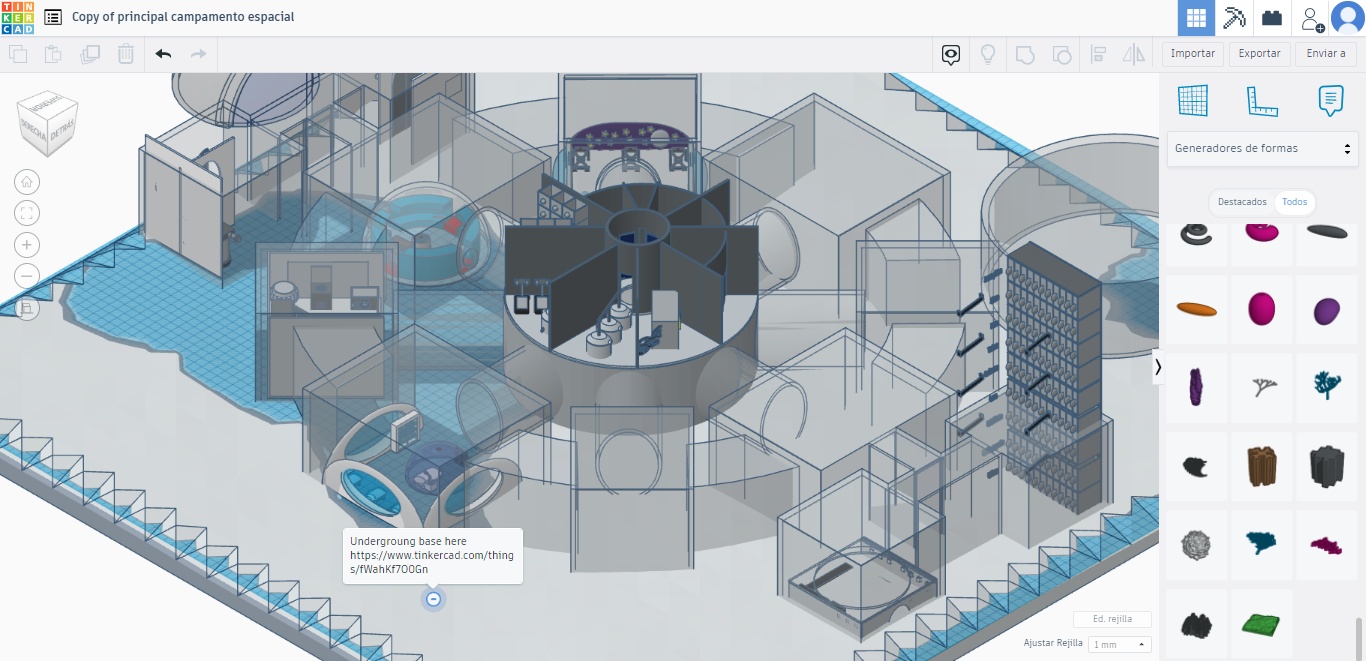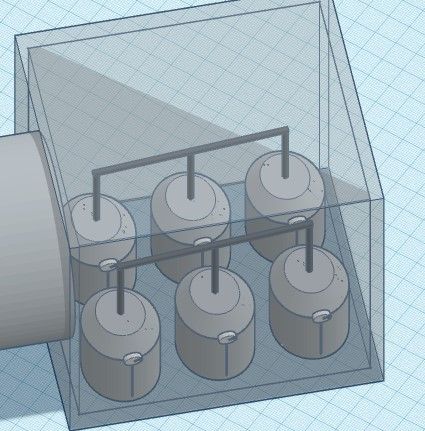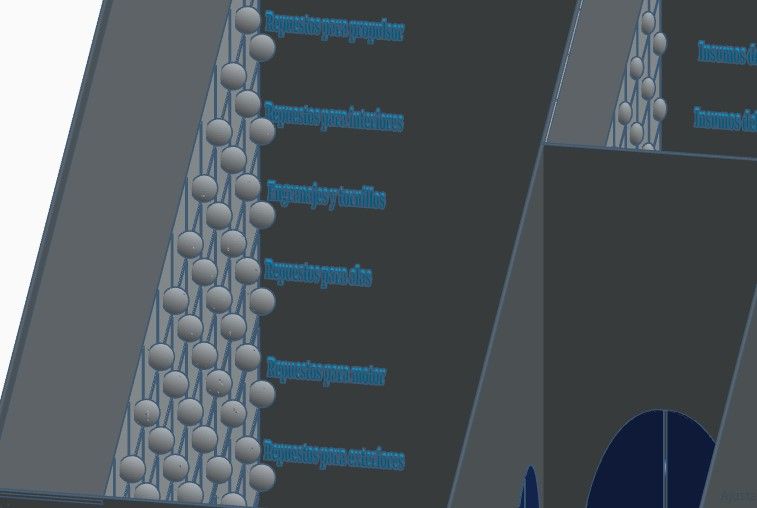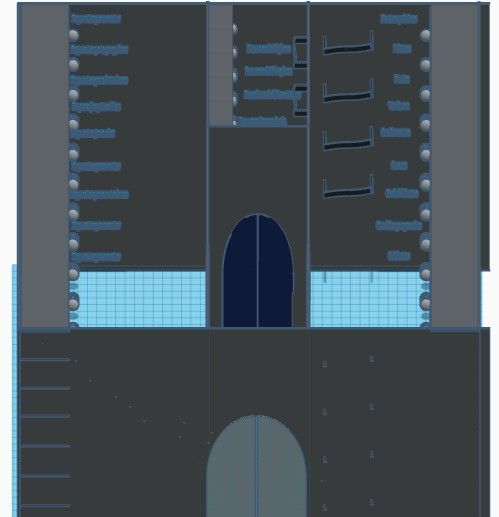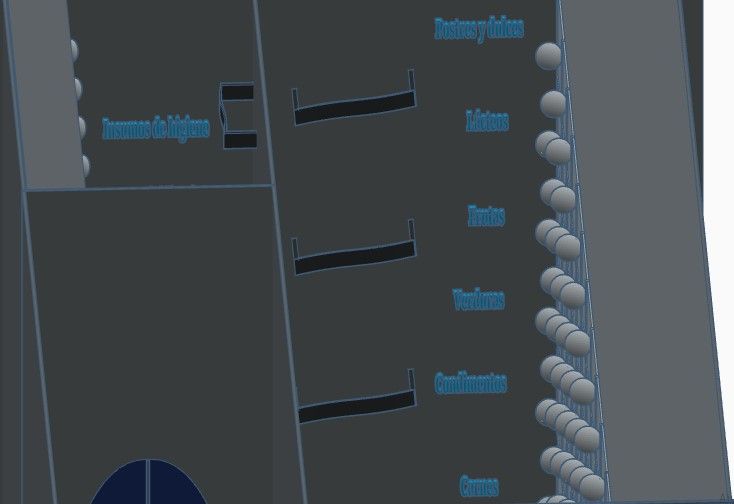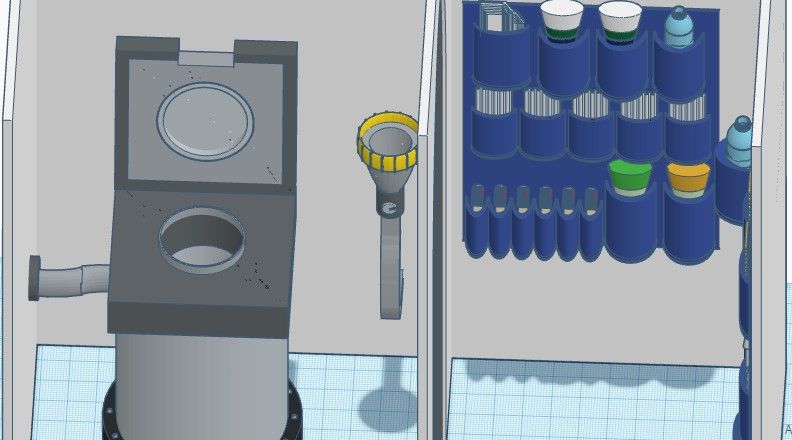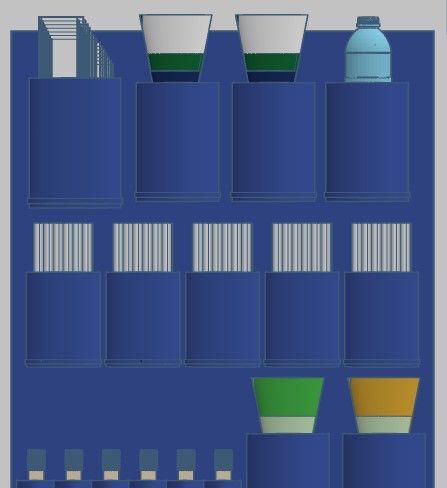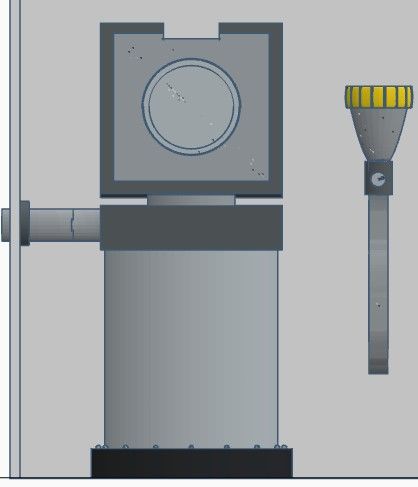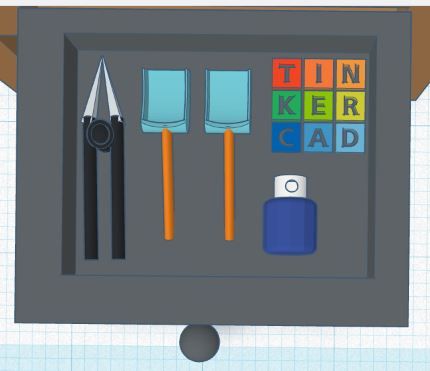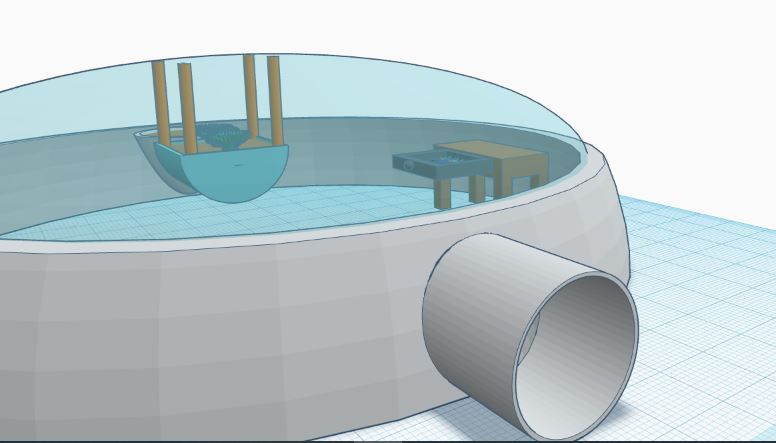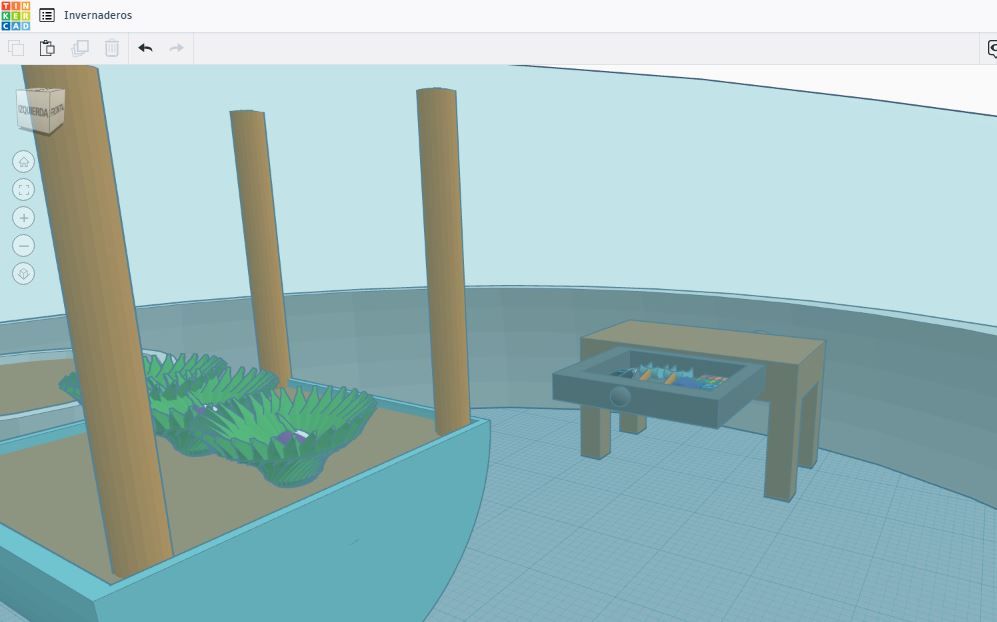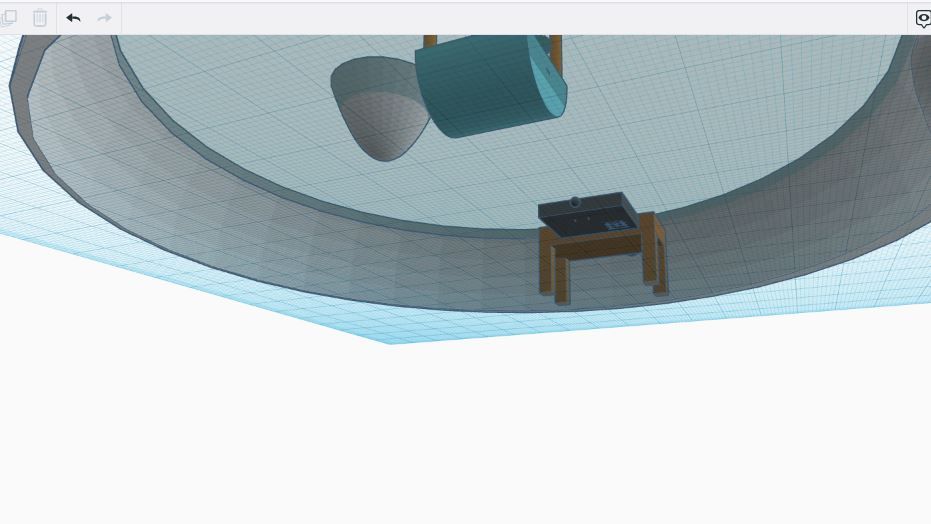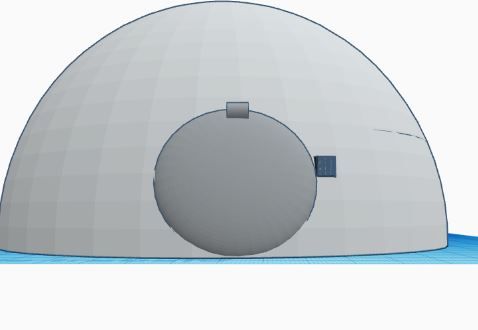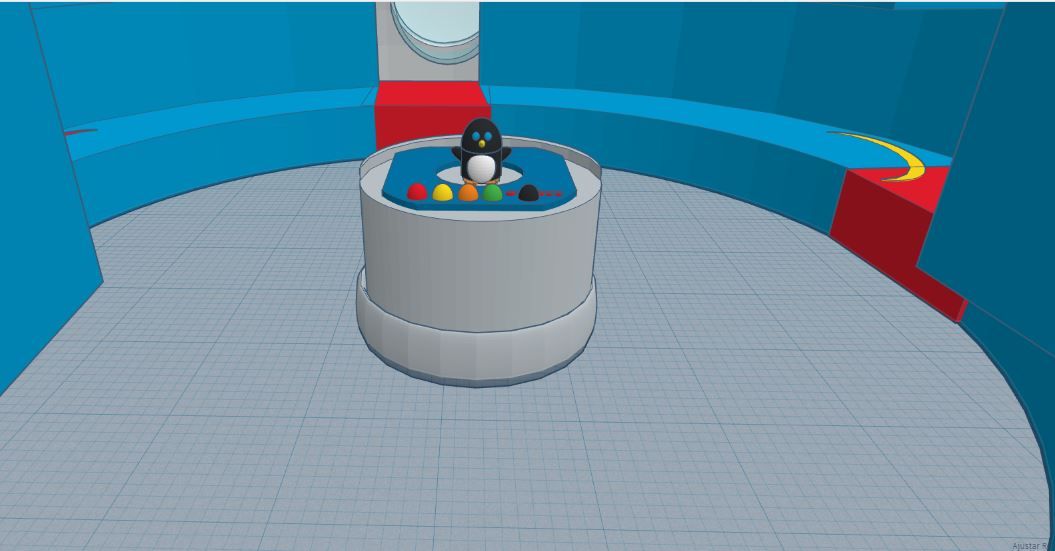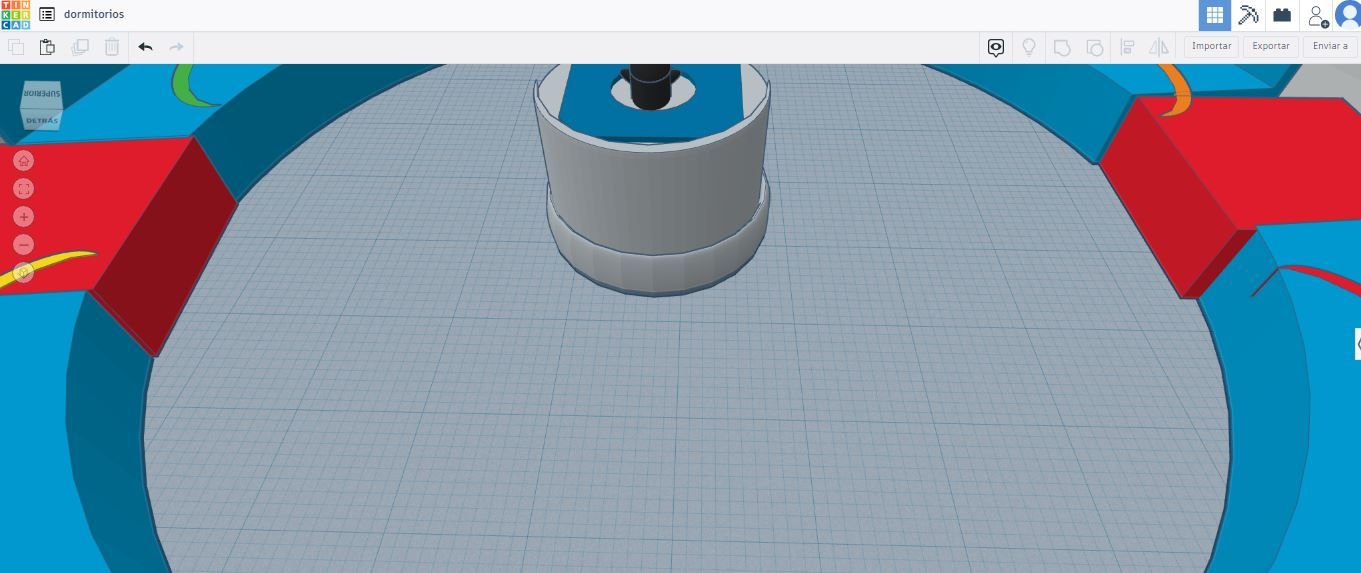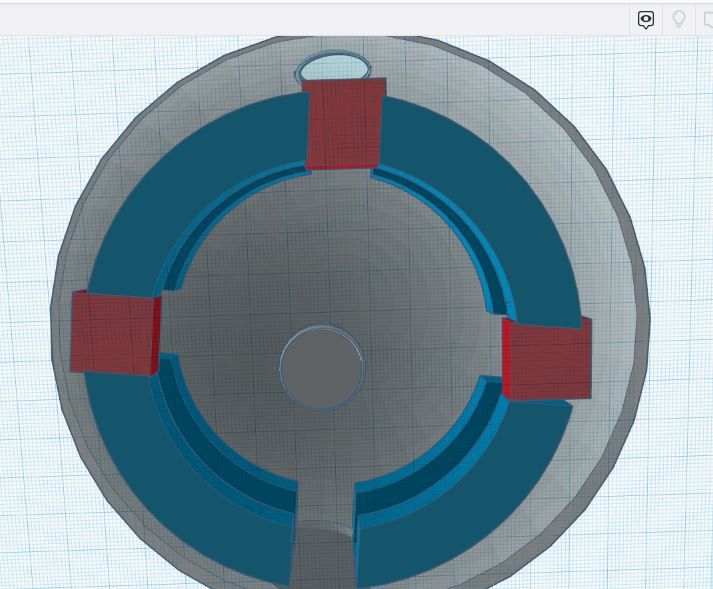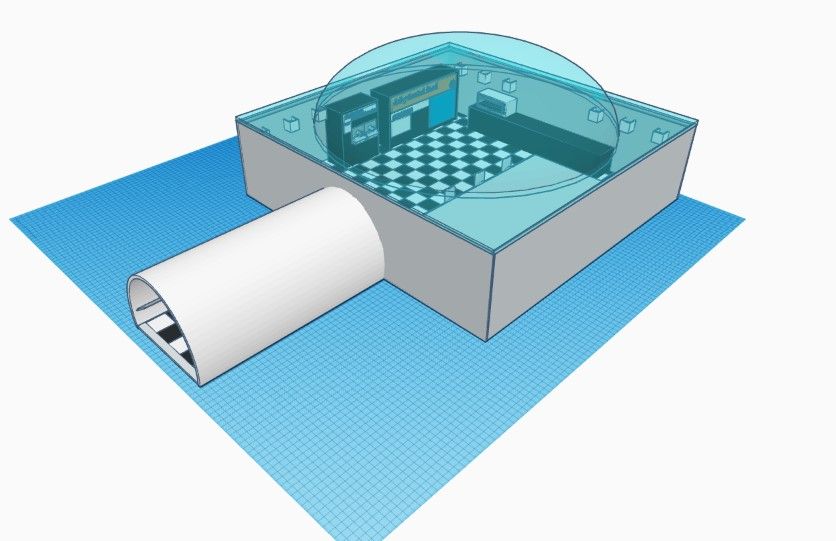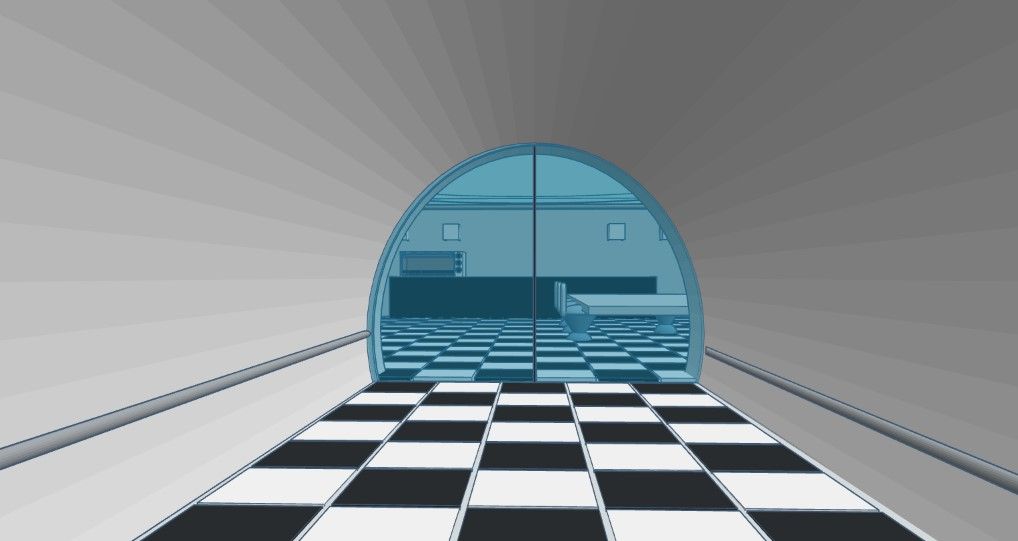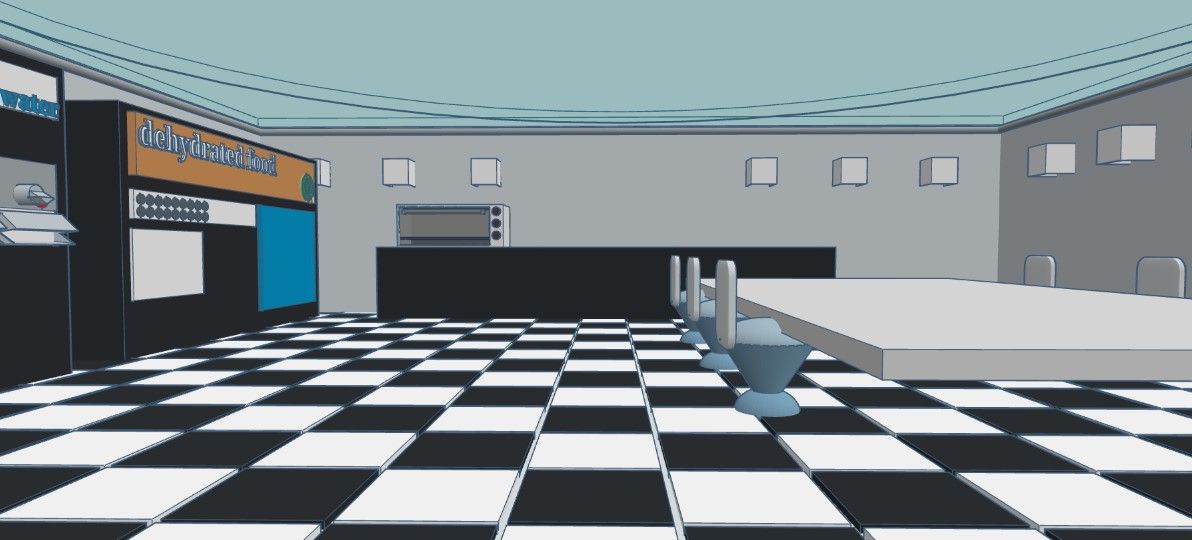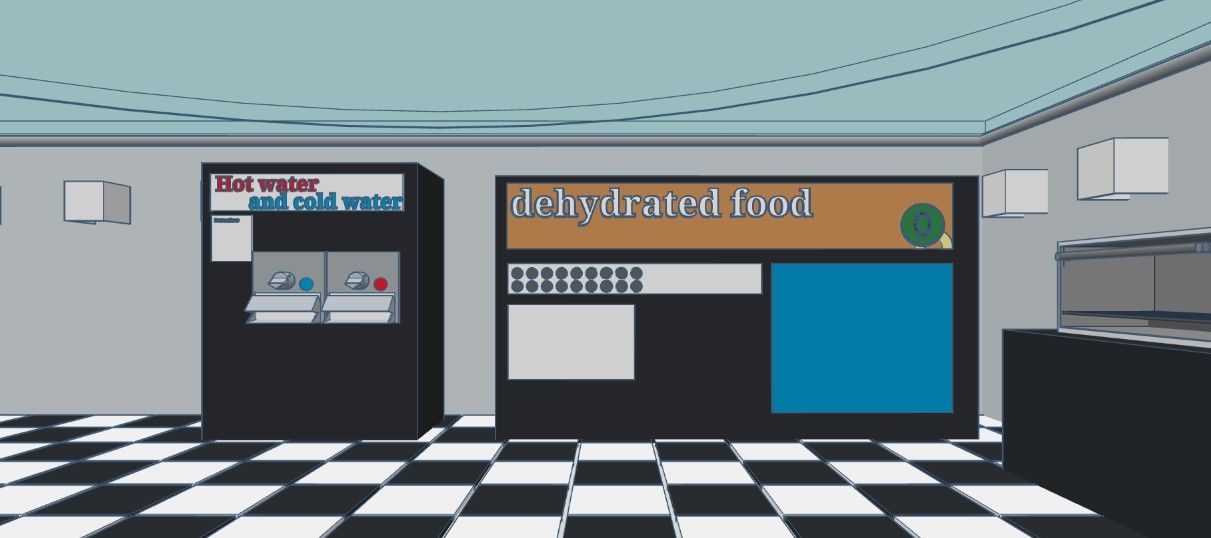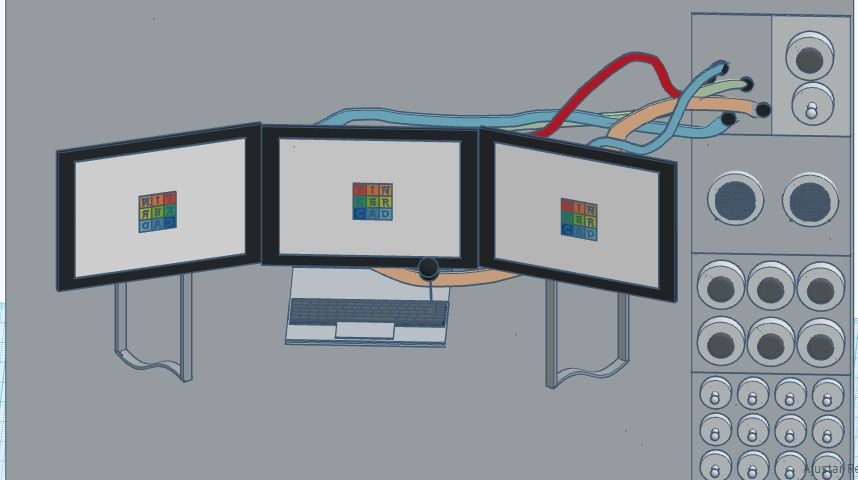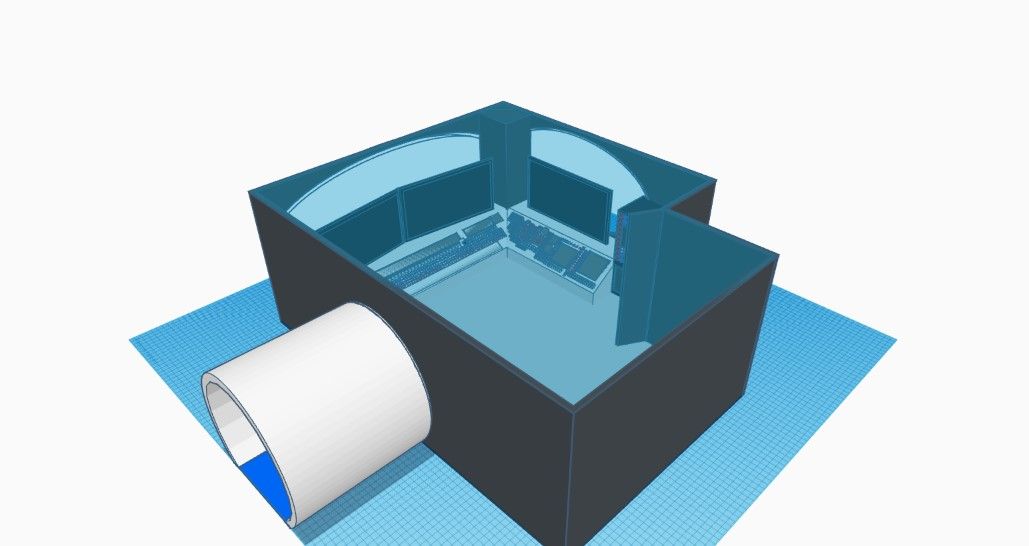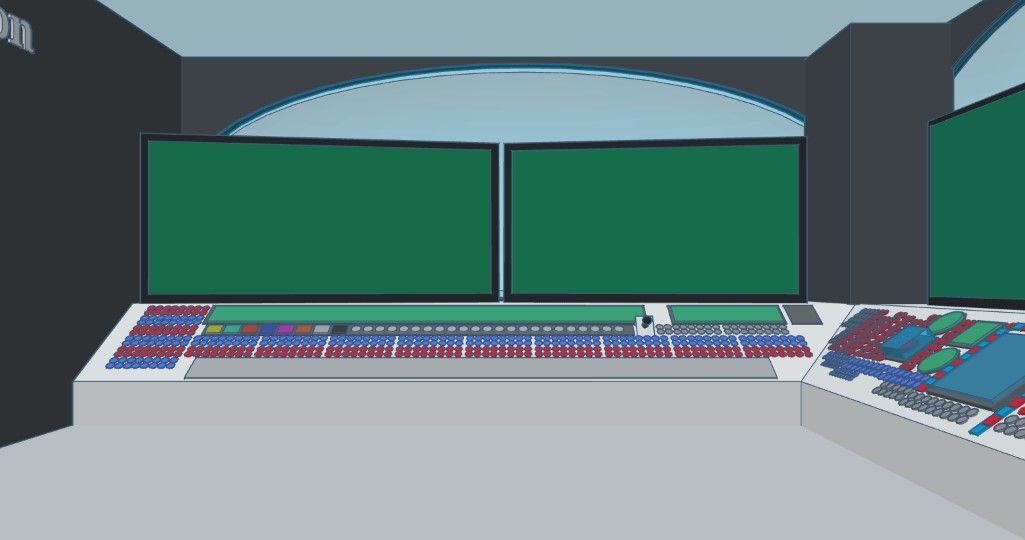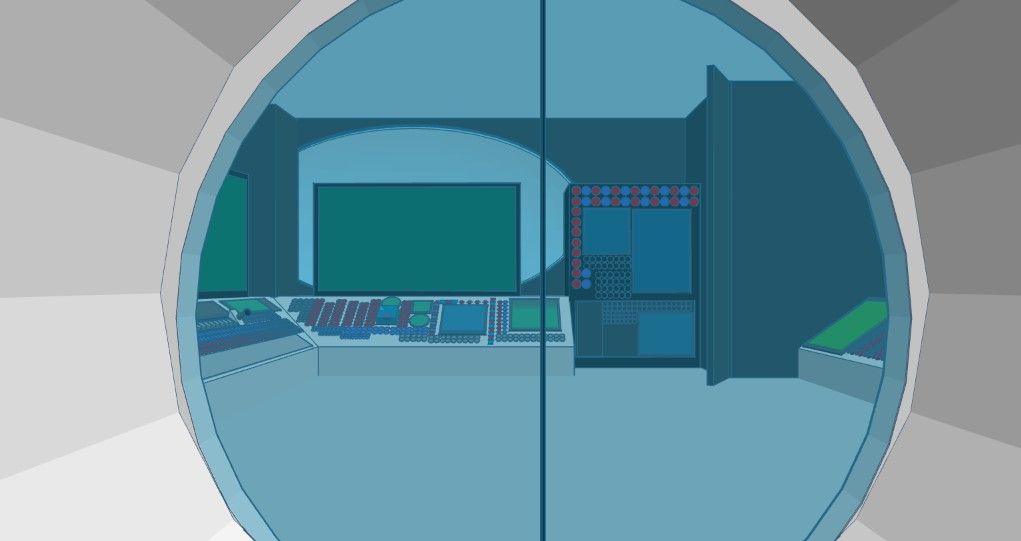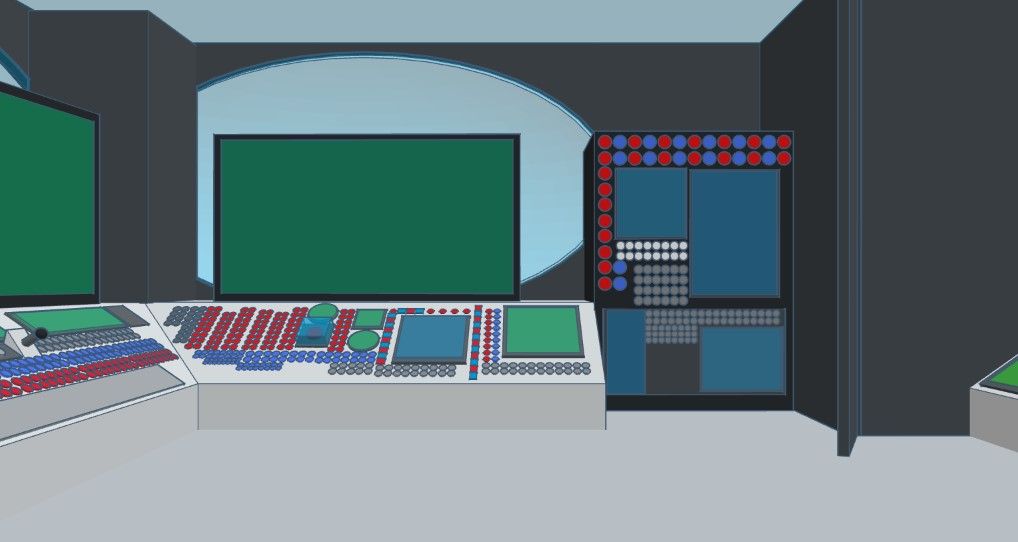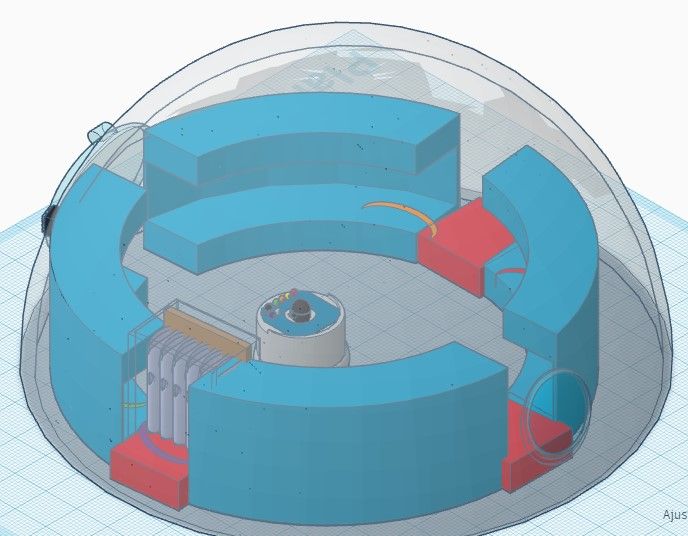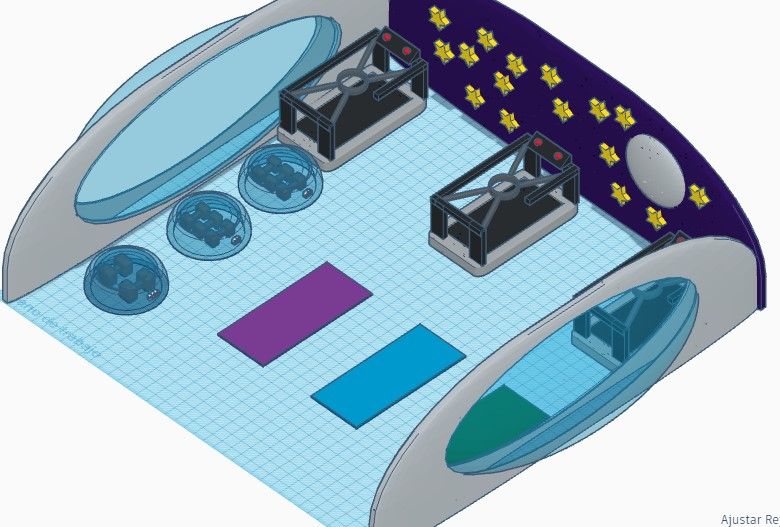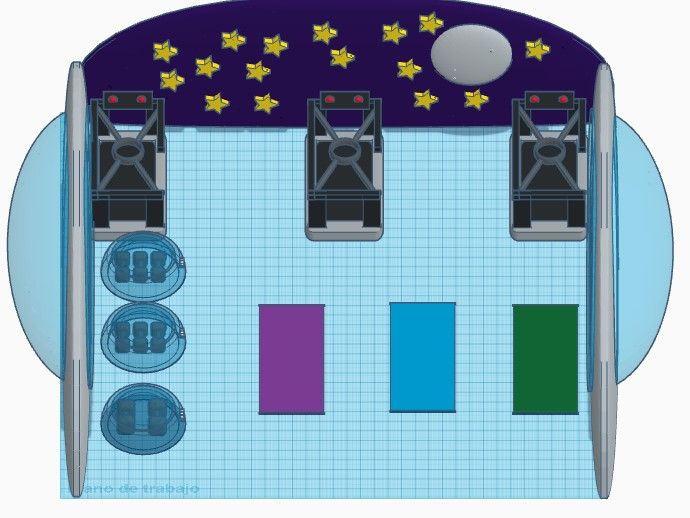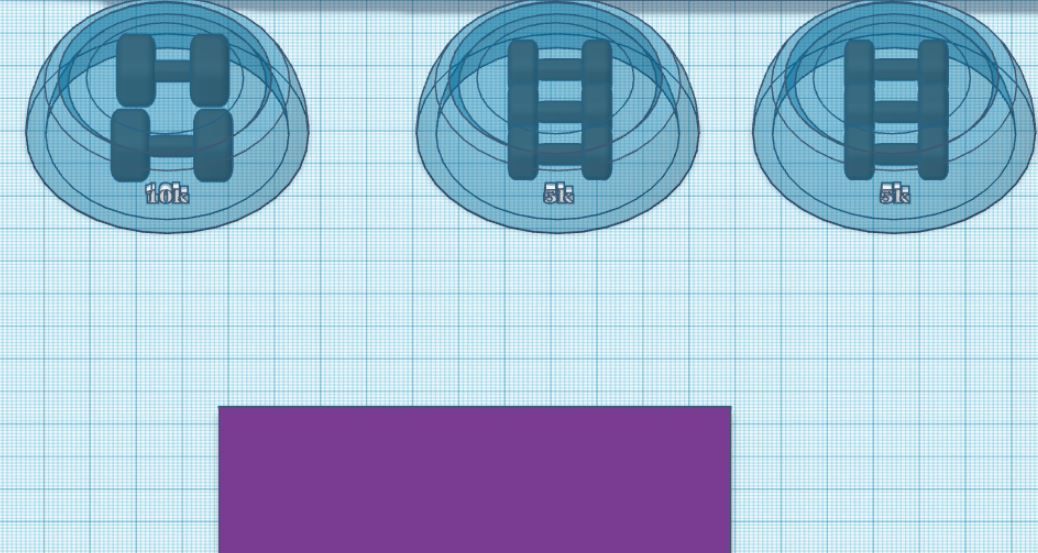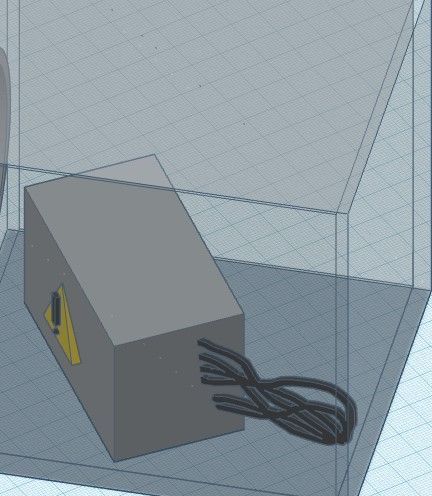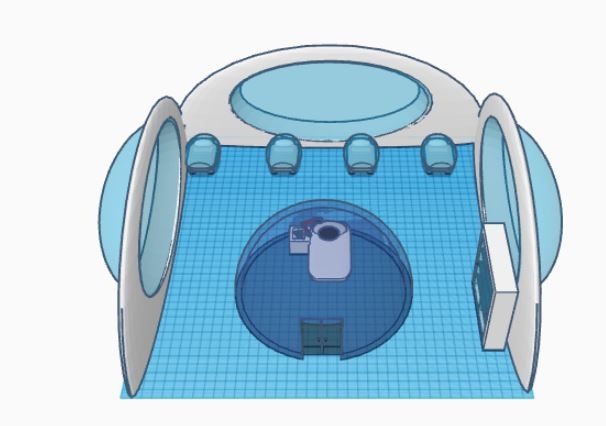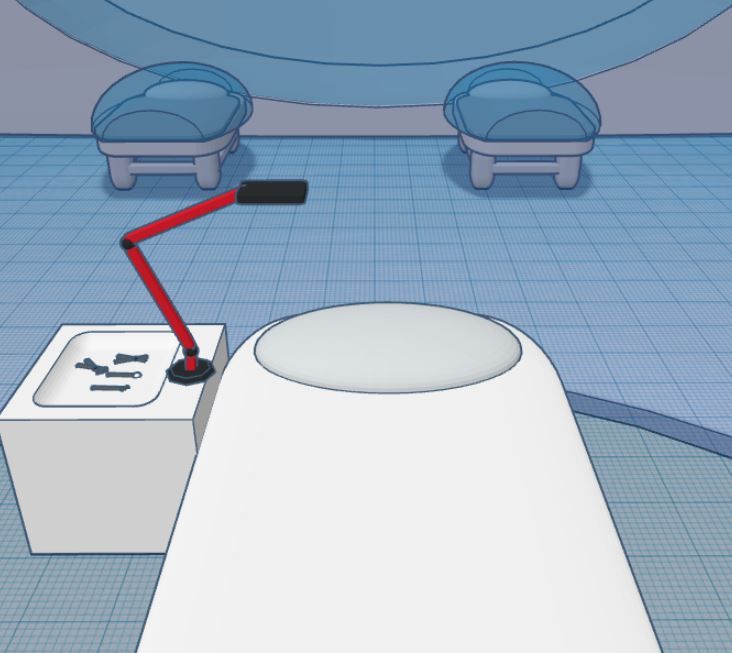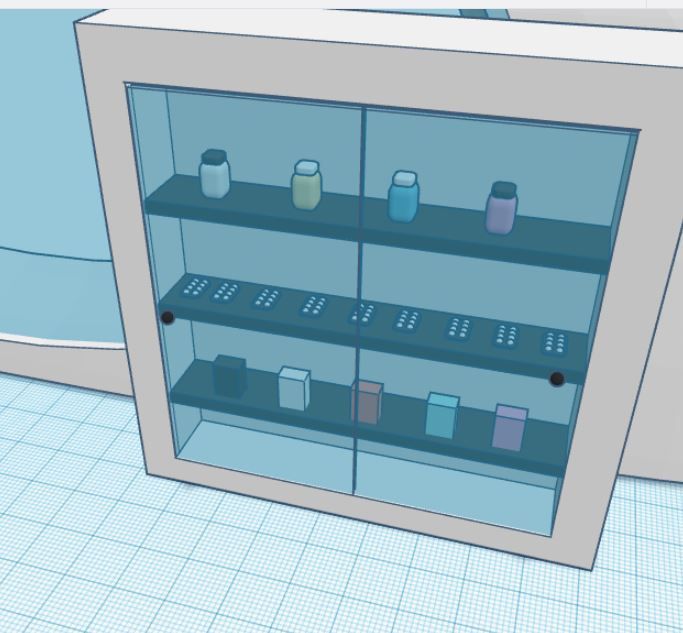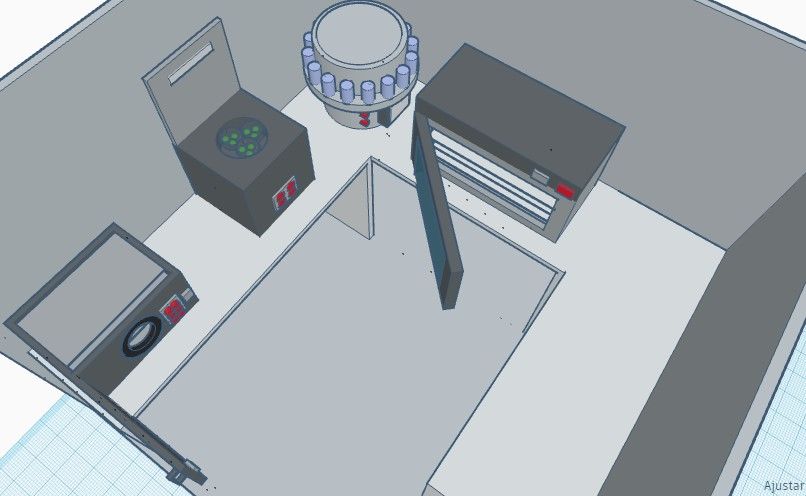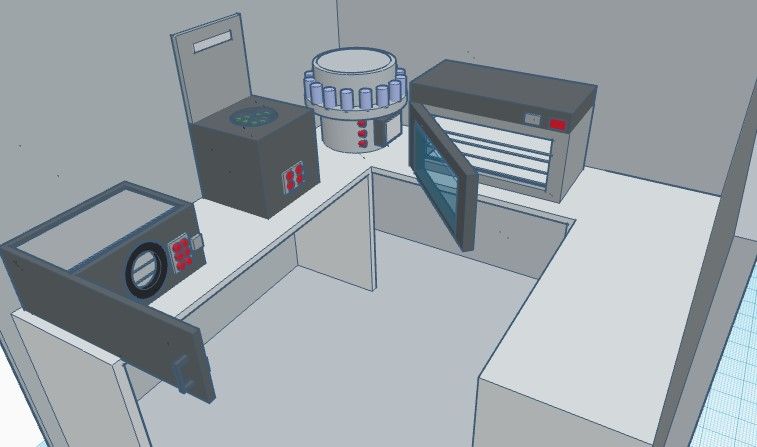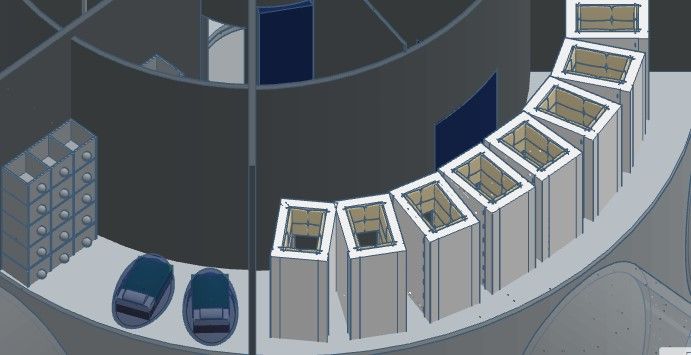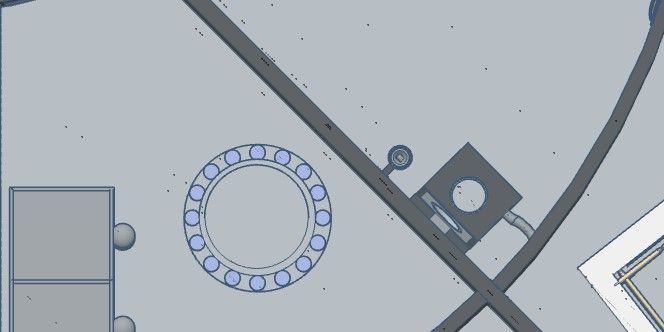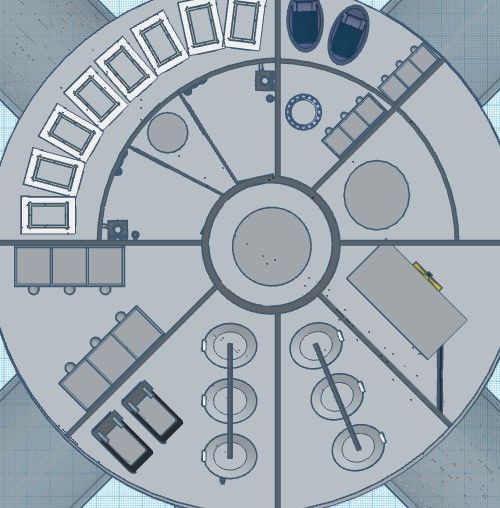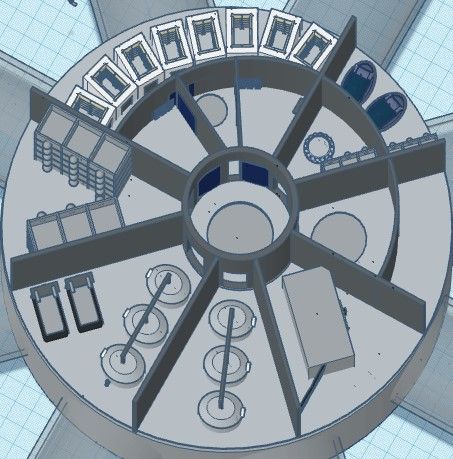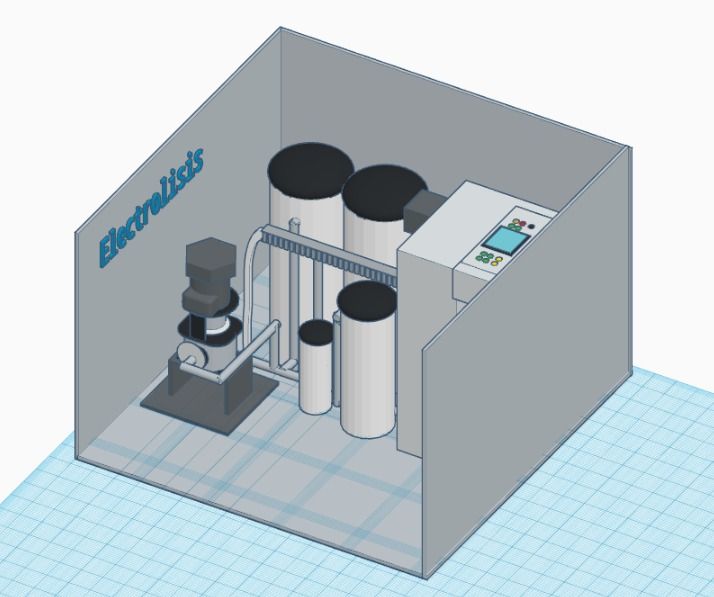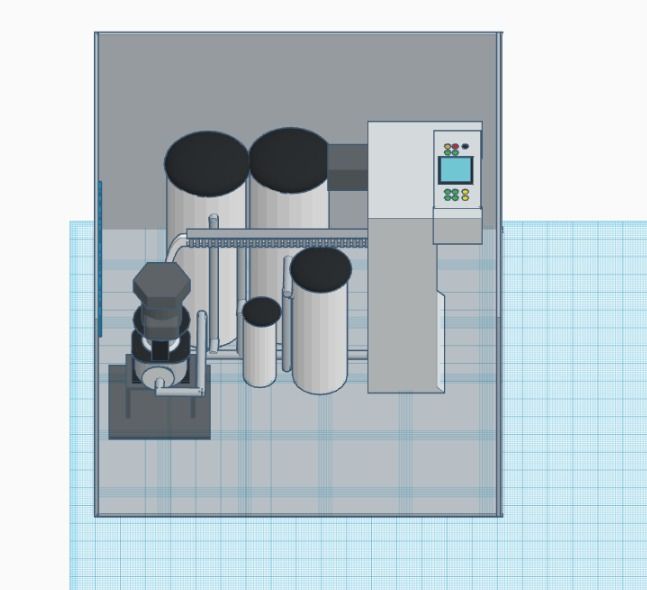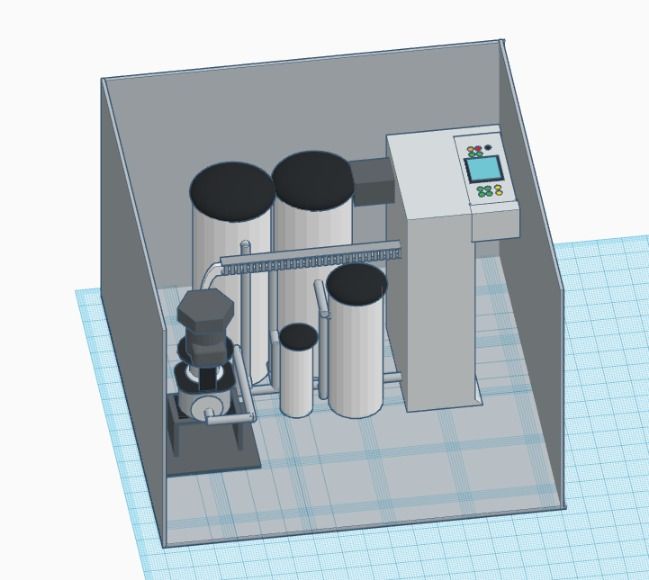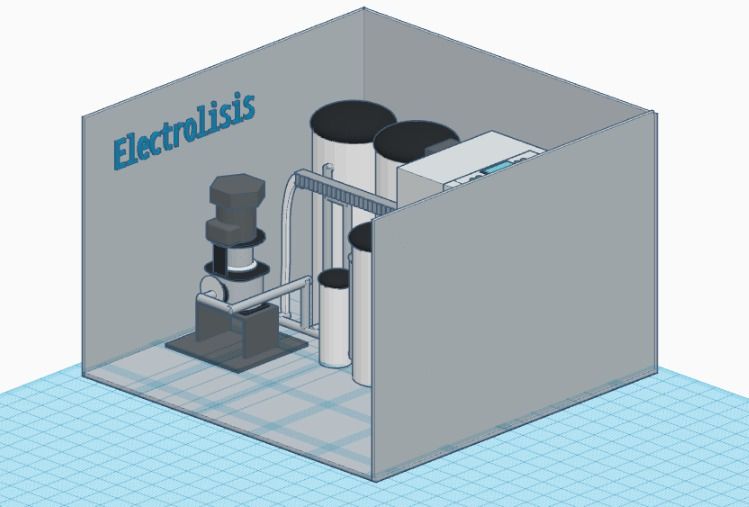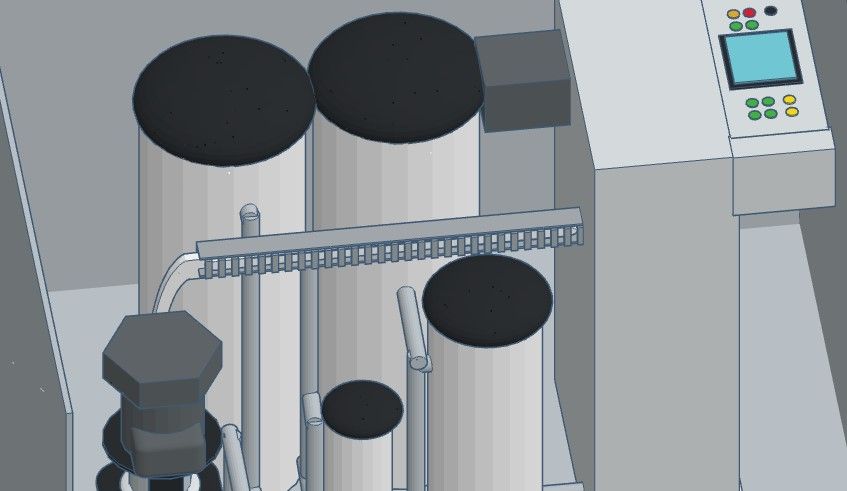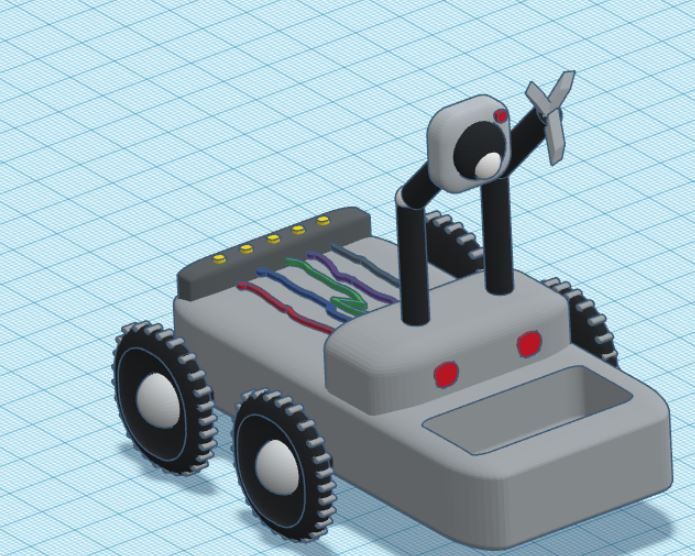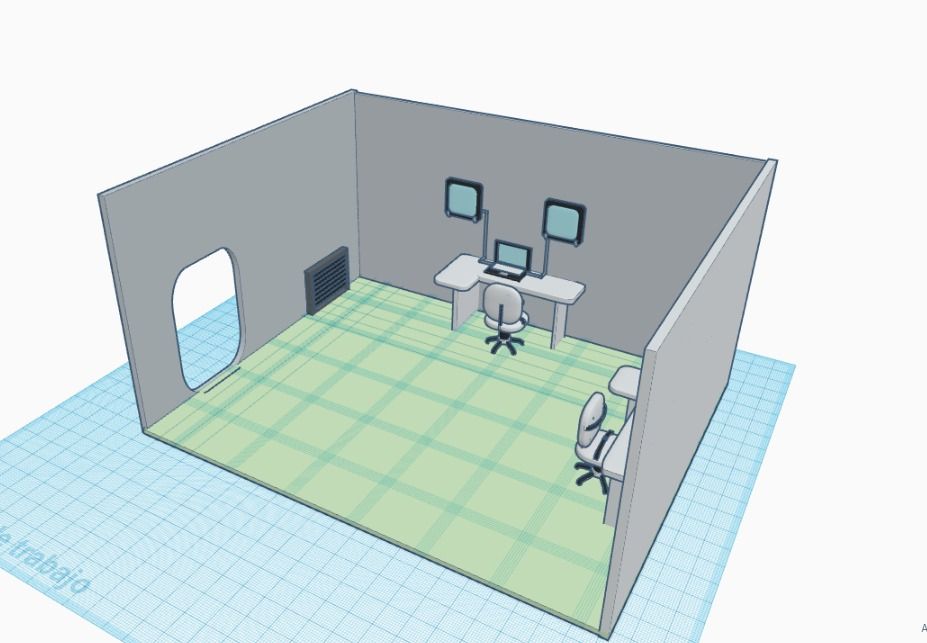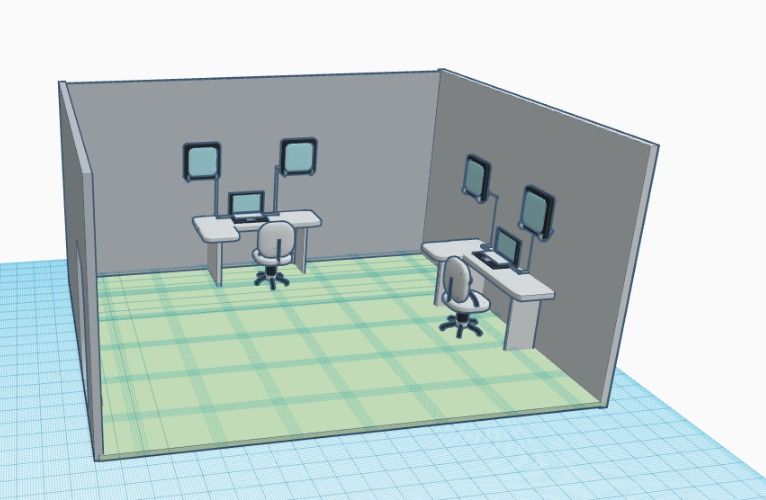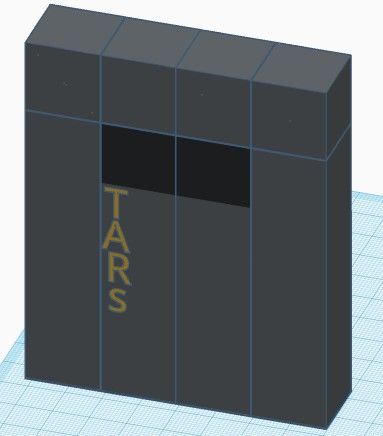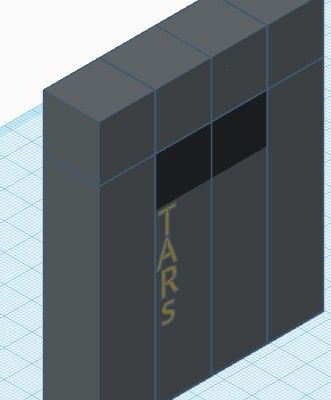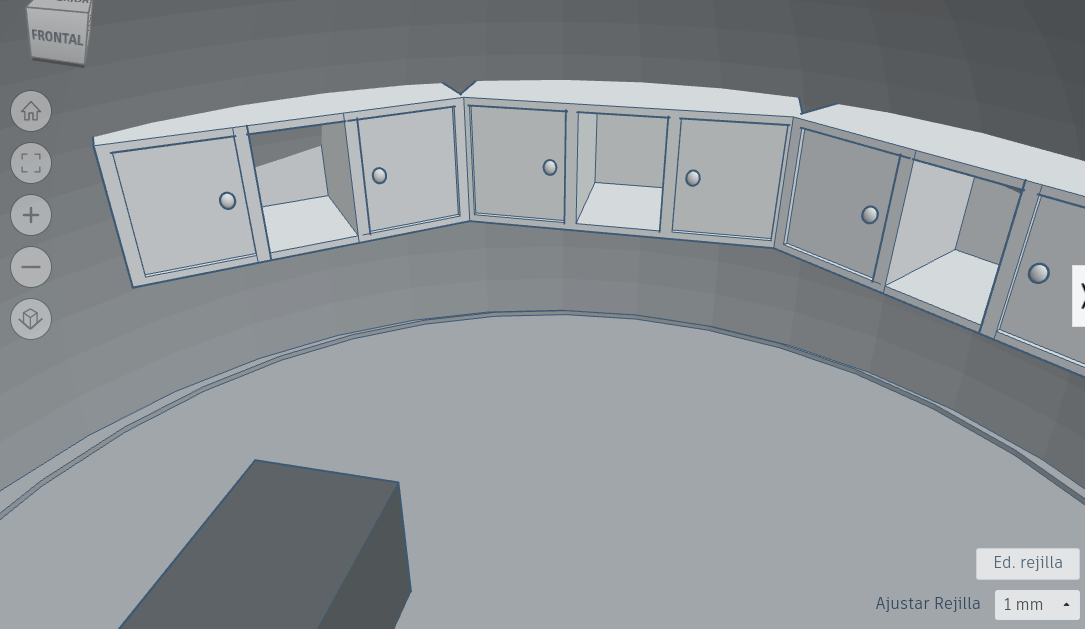Moon Camp Explorers Gallery 2021-2022
In Moon Camp Explorers each team’s mission is to 3D design a complete Moon Camp using Tinkercad. They also have to explain how they will use local resources, protect astronauts from the dangerous of space and describe the living and working facilities.
Team: Tamers of the Stars
FEPPA San Calixto La Paz Bolivia 13, 12 5 / 3
External link for 3d
|
Project description
The group wanted to be quite realistic in its proposal, that’s why it has been defined that it is more practical to take a spacecraft to the moon with the necessary dependencies, all designed to operate with a gravity of 1.62 m/s2, so that can function as a lunar camp. This proposal is made taking into account the complexity of taking construction material to the moon and carrying out the construction procedure considering the low gravity of the moon and the limited resources, especially water and oxygen. For this reason, a ship has been designed whose central station can be decoupled from the command control, remaining as a lunar camp with autonomous operation. In the upper part of our ship we have an auxiliary ship with all the necessary facilities so that a team of up to eight astronauts can return to earth. An objective of the camp will be the construction of a greenhouse that will allow the creation of an ecosystem on the moon, self-sustaining with respect to the production of oxygen and water, in the hope of providing a percentage of these elements to the camp and that will allow us to produce food for the entire population. crew. Likewise, expeditions are intended to be carried out to verify the existence of water molecules in lunar crystals that may exist in the minerals or ice of the south pole of our satellite, in order to expand the camp with the necessary areas for their extraction and study. |
||||
|
Where do you want to build your Moon Camp?
Cráter Clavius Why did you choose this location?
It has been defined to build the camp near the South Pole of the Moon, specifically in the Clavius crater. It has a relatively low outer wall compared to its size, which would facilitate expeditions outside its diameter, and its interior is mostly a wide plain suitable for our space camp. According to scientific studies in this location the discovery of water molecules was carried out and our camp will have as its purpose the study for the extraction of water from the lunar glass bubbles. It is one of the most temperate zones, it has two full weeks of solar radiation each month. Its location near the South Pole of the moon is convenient since it follows that there is a much larger reserve of lunar crystals with water molecules in the polar ice. How do you plan to build your Mooncamp? Which materials will you use?
Considering that the ship will be the camp, we will build it with light but very resistant materials such as titanium, aluminum and magnesium alloys. For carbon fiber interiors. For our greenhouse we will use transparent carbon fiber for the upper structure as it will allow the passage of light for two weeks of the month with solar radiation. The base will be titanium alloy to give it strength. In the center of the greenhouse, a “Warka Water” tower will be built of biodegradable plastic to collect the dew water from the plants in a container, after the oxygenation process. |
||||
|
Water
|
Food
|
Electricity
|
Air
|
Protection
|
|
First we have a large water reserve in the lunar camp, however, to supply water to the camp three strategies have been defined: |
There is a large store of seven types of food: freeze-dried, intermediate moisture, thermostabilized, irradiated, natural, fresh, dry. One of the main purposes of our camp on the moon is the construction of a greenhouse in which food plants and some others will be grown for laboratory studies. In addition, dehydration processes or others will be carried out for the conservation of food in the laboratory. |
Our camp will be supplied with energy through photovoltaic solar installations, for which batteries are required to store the excess electrical energy produced by the solar panels, for which we will use lithium ion batteries, due to their high energy density, more energy stored with less weight. Li-ion batteries save up to 70% space and 70% weight compared to others, making them easy to move around. Their lifetime is much longer and they do not require much maintenance. |
There are oxygen tanks in the camp, however, for its replenishment two modalities have been defined: |
The ship’s materials, in addition to being resistant and strong, can protect astronauts from radiation and in the event of a meteor shower, the main part of the ship could be maneuvered to a safe place. |
|
Describe a day on the Moon for one of your Moon Camp astronauts
Upon waking up, the astronauts go to the bathroom both for the use of low gravity hygienic services, as well as the toilet environment for bathing, from where the water used to process it will be collected through the air conditioning vents and reuse it. The bathrooms are special with a suction system for use with low gravity. The urine will be collected and treated to turn it into water. Then they will go to the kitchen to choose their food and rehydrate it for consumption according to the duties of each one and the corresponding shifts will go to the different areas, but two hours will be assigned to the gym to maintain good physical condition. Each one will carry out their functions in the laboratory, engineering and maintenance area, interior and exterior greenhouse, communication and control. The assembly of the pieces that will form the exterior greenhouse will be assigned and then personnel will be available to work on its maintenance, to form a self-sustaining ecosystem. These tasks depend on the temperature, if it is very low, work will only be carried out inside the camp, if the temperature is optimal, some expeditions will be scheduled to collect lunar crystals and verify the existence of water molecules in them. Daily meals are taken in shifts and at the end of the day a report is made of tasks carried out, problems and the team suggests different solutions to avoid inconveniences, improve teamwork and avoid stress. |
||||




